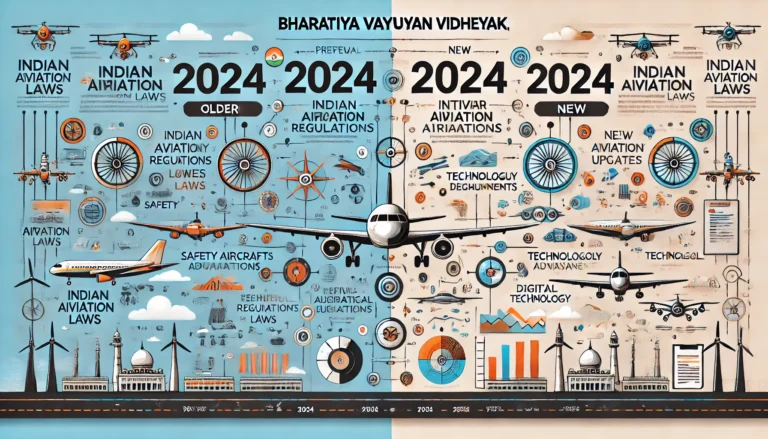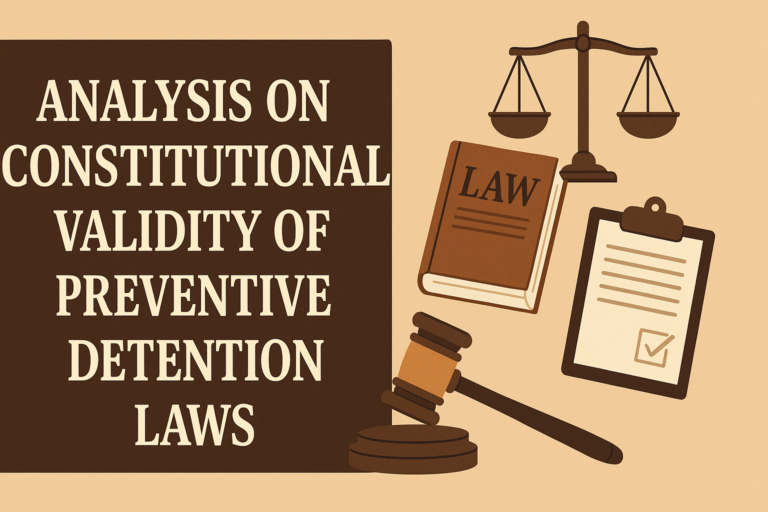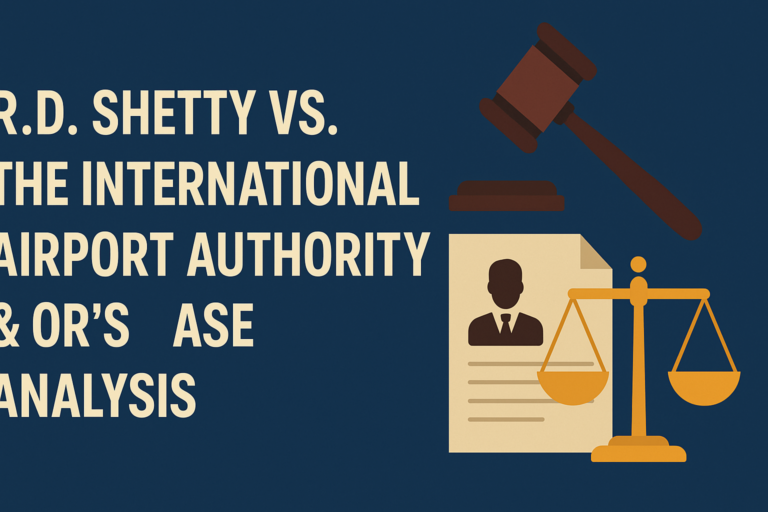
Shaping the Essence of Democracy: Exploring the Parliament of India – Key Facts, Structure, Functions, and Significance”
The Parliament of India stands as a cornerstone of the nation’s democratic foundation, embodying the principles of representation, deliberation, and governance. As the highest legislative body, it plays a pivotal role in shaping the laws, policies, and direction of the country. Delving into the intricate tapestry of its design, functions, and profound significance, this exploration unveils the key facts that define the essence of the Parliament of India.”

Certainly! Here are some interesting facts about the Parliament of India:
- Bicameral Legislature: The Parliament of India is a bicameral legislature, meaning it consists of two houses – the Rajya Sabha (Council of States) and the Lok Sabha (House of the People).
- Members of Parliament: The Rajya Sabha has a maximum of 250 members, while the Lok Sabha can have up to 552 members. Currently, there are 245 members in the Rajya Sabha and 545 members in the Lok Sabha.
- Lok Sabha Term: Members of the Lok Sabha are elected for a term of five years, while Rajya Sabha members have a six-year term. One-third of Rajya Sabha members retire every two years.
- President’s Role: The President of India is an integral part of the Parliament and gives their assent to bills passed by both houses before they become laws.
- Seat of Parliament: The Parliament of India meets in the Sansad Bhavan (Parliament House) in New Delhi. The building is an architectural marvel designed by Sir Edwin Lutyens and Herbert Baker.
- Powers of Lok Sabha: The Lok Sabha has more powers in financial matters compared to the Rajya Sabha. Money bills can only be introduced in the Lok Sabha, and it has the final say on budgetary matters.
- Council of Ministers: The Prime Minister is the head of the government and leads the Council of Ministers. The Council of Ministers is collectively responsible to the Lok Sabha.
- Question Hour: The Question Hour is an important part of parliamentary proceedings where Members of Parliament can ask questions of ministers, seeking information on various issues.
- Speaker of Lok Sabha: The Speaker of the Lok Sabha is the presiding officer and ensures the smooth conduct of its proceedings. They maintain order and uphold the rules of the House.
- Leader of Opposition: The Leader of the Opposition is an important position in the Lok Sabha. It is usually the leader of the largest party not in power.
- Committees: Both houses of Parliament have various committees that play a crucial role in scrutinizing bills, examining policies, and overseeing the functioning of the government.
- Special Powers: The Rajya Sabha has special powers to initiate legislation on subjects enumerated in the State List, representing the interests of states.
- Joint Sessions: In case of a deadlock between the two houses on a bill, a joint session of both houses can be called, and decisions are made by a majority vote.
- Constitutional Mandate: The Indian Constitution defines the powers, functions, and procedures of the Parliament in detail, ensuring a democratic and representative system of governance.
- Independent Body: The Parliament of India operates independently and is not subject to the control of the executive. It plays a crucial role in upholding democratic values and principles.
These facts highlight the essential aspects of the Parliament of India, its structure, functions, and significance in the country’s democratic framework.









